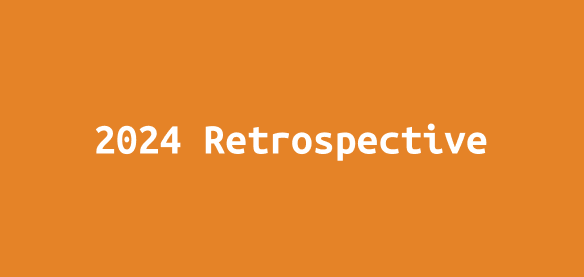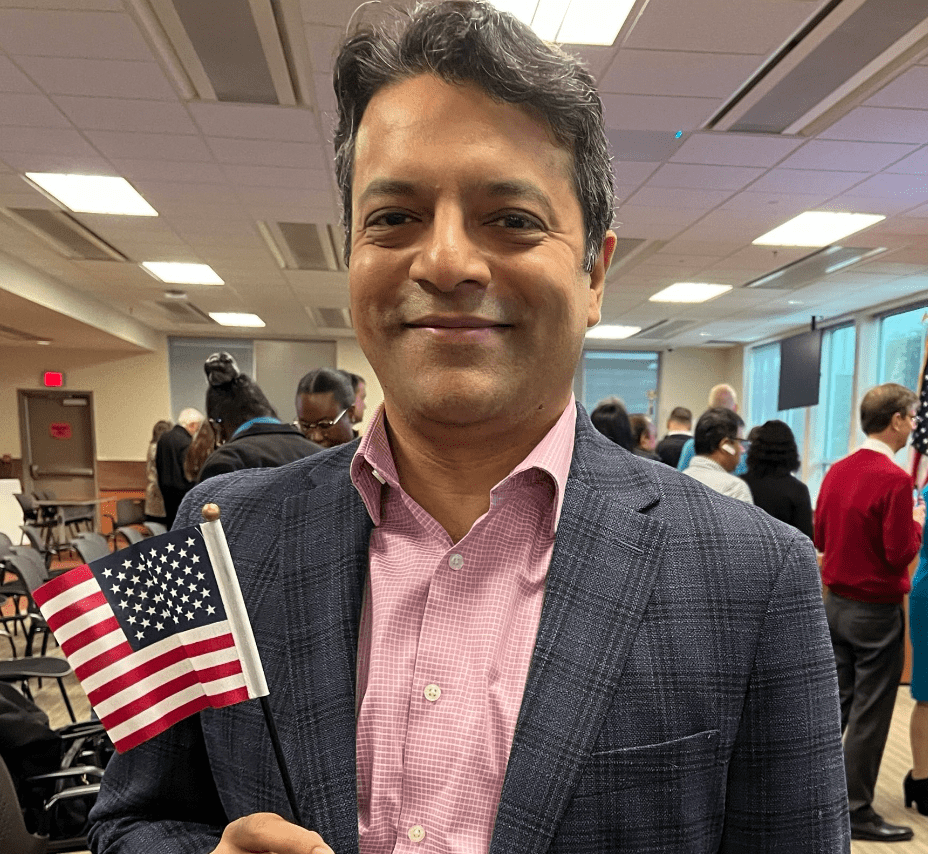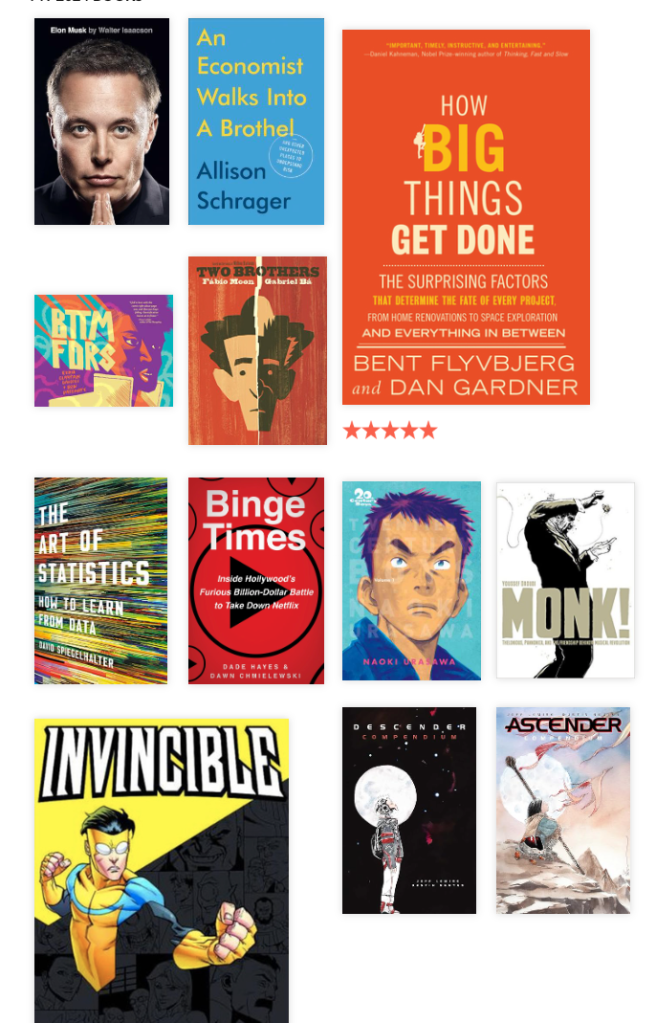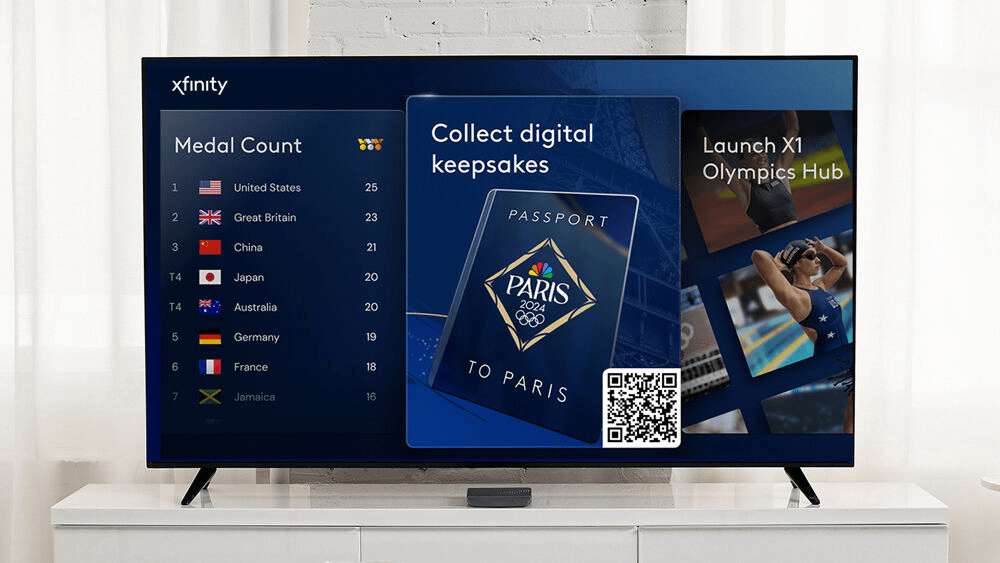Its that time of the year again. Reflecting on this year, I am thankful for so much but its also been a year where optimism was is lesser supply than usual. As a technologist, I was excited to explore the possibilities opening up with AI, and with my new-ish role of Director, I enjoyed setting a vision and direction for my team. But a lot of this happened with the backdrop of increasing negativity in our society as well as a mad rush towards an AI-powered techno-utopian vision whose human consequence has been barely a consideration. I still remain optimistic about technology and human nature, but I do worry about where we are heading.
Work
One of my biggest projects in the last few years was taking the Xfinity digital collectibles project from pitch to prototype to production in 2024. That momentum continued for the first half of the year as we supported other major initiatives including Bravo TV and the MIT/Intuitive Machines moon lander that we also supported as part of our MIT relationship, but my favorite part of that project was working with the SNL marketing team to support the 50 years of SNL celebration. As a big SNL fan, this was a dream come true.
All fun things come to an end though and we ultimately transitioned the project to the core entertainment team mid-year and moved to other projects.
For the rest of the year, our team continued to pilot new ideas. The domain to explore this year was Agentic systems and we did multiple prototypes using simple LLM interactions to more robust frameworks like LangChain. With LangChain being part of Comcast Lift Labs’ cohort this year, it was great to get deeper understanding into their system with the LangChain team.
AI also changed the way we built our prototypes. After many months of working with AI now, I feel I have crossed the Gartner over-optimism and over-pessimism zones, and feel a real boost in productivity. My entire software engineering workflow is now built on top of Cursor, Github Copilot and Gemini code review agents while tools like Google Stitch have become interesting for getting quick designs together that I can finesse in Figma. That said, getting the best out of an LLM still remains almost an individual skill and adoption across teams remains a challenge. Something to work on in 2026.
GDG
If I dropped the ball on one thing, it is the Philadelphia Google Developers Group. The core team that I used to work with has moved on and I am hoping to recruit a new set of leaders to manage it. Even with me mostly distracted this year, the group is still more active than I thought it would be – possibly because a lot of the monthly calls become conversations on AI and a lot of people are doing interesting stuff with it. Stay tuned for a reboot next year and join the community if you haven’t yet.
Family and Friends
I usually have a hard time squeezing a vacation every year, mostly because of bad planning and the regular India trips that use up most of my vacation days in alternate years. This year my parents came to visit me for over three months, which was great and we had a great time exploring Philly and the neighborhood cities. We also went to Florida in April for my sister-in-law’s surprise birthday party and in Dec, I took a week-long vacation to Europe (Amsterdam and Paris) – my first! Seeing a different society always resets my brain to the realization that our lives here are based on explicit choices we make, and not just how life is.

Social
Having mostly left Facebook and Twitter, I was really hoping to get the same value I used to get by posting on Mastodon/BlueSky/Threads. I dont think I am there yet, which could be a function of both the audience on those platforms and my own age. I did write a fair bit on my Substack before taking a hiatus while my parents were visiting and time got scarce. I’ll definitely be writing more there so do subscribe if you are interested.
It does raise one question: Whats the point of having a blog as well as a newsletter. I dont have an ironclad answer there yet but a lot of this blog’s value has been in my documenting technical details that I learn or personal-ish updates that I want to remember in the future. My hope with the newsletter is to share ideas on where I think technology could be going and the kinds of experiences
Books
I maintained a healthy balance between books and graphic novels this year, and even manga which is new to me. The 12 books that make up the 20th Century Boys series were a great read.








